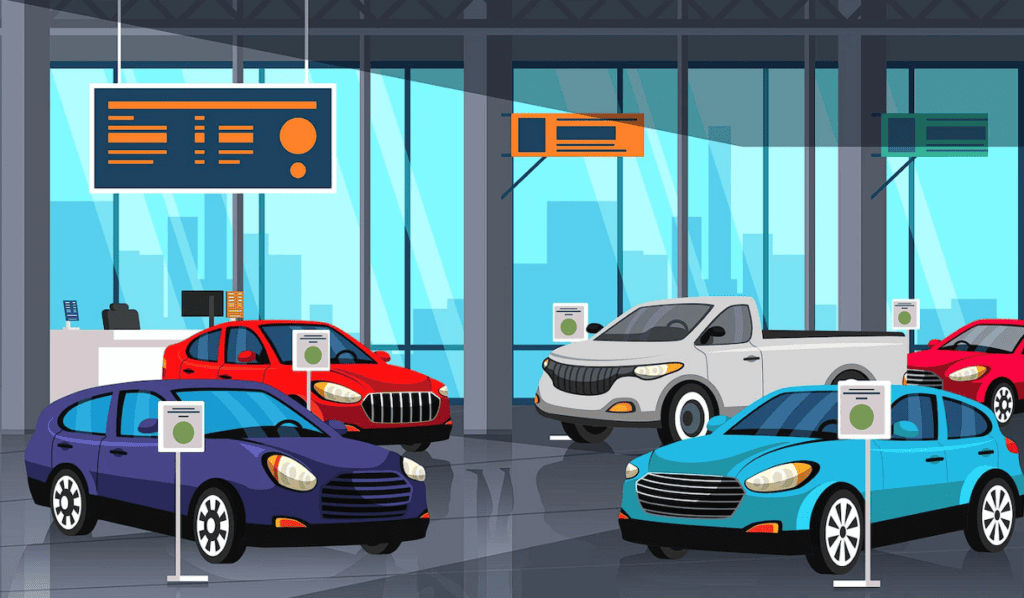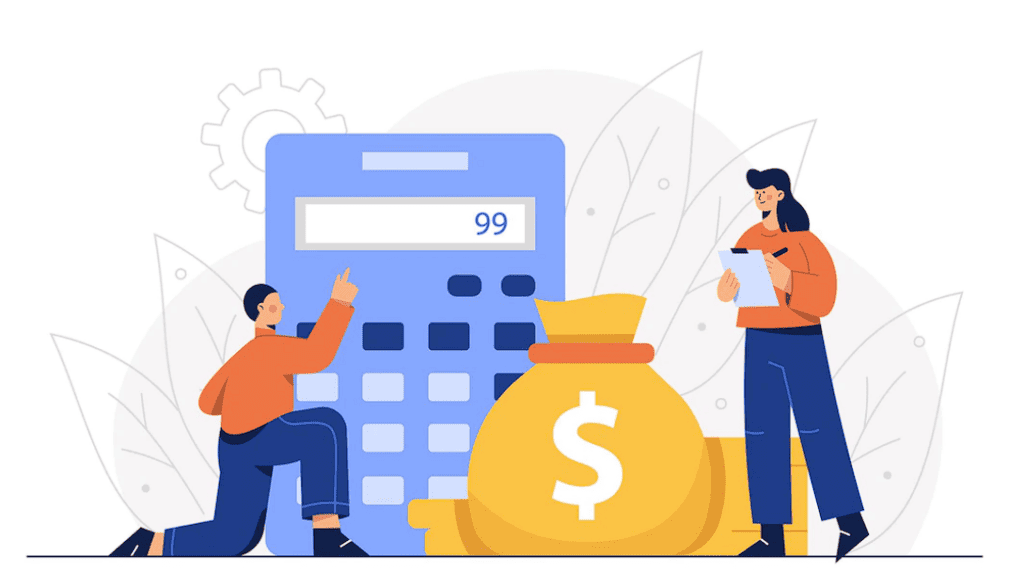Published 14 Aug 2023
Struggling with Car Pricing? Find the Right Balance Between Profitability and Customer Satisfaction with Our Pricing Strategies.
Blog
car sales training
dealership best practices
automotive sales phone training
Automotive Sales Training
car sales phone training
Dealership Training
How to sell more cars
how to set appointments in automotive sales
how to set appointments in car sales
Setting the right price for your cars can be a daunting task. The automotive industry is fiercely competitive, and finding that sweet spot where your pricing maximizes profitability while also satisfying your customers is crucial. In this guide, we'll walk you through a series of effective pricing strategies that will help you overcome the challenges and dilemmas of car pricing. From understanding customer psychology to analyzing market trends, we've got you covered. Let's dive in!
Struggling with Car Pricing? Find the Right Balance between Profitability and Customer Satisfaction with Our Pricing Strategies
Finding the perfect balance between profitability and customer satisfaction in your car pricing strategies requires a deep understanding of both market dynamics and consumer behavior. It's not just about setting a number; it's about creating value for your customers while ensuring your business remains profitable. Let's explore some key strategies that can help you achieve this delicate balance.
1. Segmented Pricing: Catering to Diverse Customer Needs
Segmented pricing involves offering different prices for different customer segments based on factors such as age, income, and preferences. By tailoring your pricing to match what each segment is willing to pay, you can attract a wider range of customers. For instance, offering discounted rates for students and seniors can increase your customer base while maintaining profitability.
2. Value-Based Pricing: Reflecting the True Worth
Value-based pricing ties the price of a car to the perceived value it offers to the customer. Highlight the unique features, benefits, and experiences your cars provide. This approach justifies a higher price point and resonates with customers seeking quality and innovation.

3. Competitive Pricing Analysis: Staying Ahead in the Race
Regularly analyze the pricing strategies of your competitors. Are you offering more value for a similar price, or can you adjust your prices to create a competitive advantage? Competitive pricing analysis helps you align your pricing with market trends while keeping profitability intact.
4. Psychological Pricing: Tapping into Customer Psychology
Customers are often influenced by the way prices are presented. Set prices just below round numbers (e.g., $19,999 instead of $20,000) to create a perception of a lower price. This can trigger positive emotions and increase the likelihood of a purchase.

5. Bundling and Upselling: Maximizing Revenue
Consider bundling complementary products or services with your cars. This not only adds value to the customer but also increases your average transaction value. Additionally, effective upselling techniques can encourage customers to choose higher-priced models.
6. Dynamic Pricing: Adapting to Market Fluctuations
Dynamic pricing involves adjusting prices based on real-time market demand and supply. Implementing this strategy can help you respond to changing market conditions and optimize your revenue. For instance, you can offer discounts during off-peak seasons to attract more customers.
7. Transparency in Pricing: Building Trust
Being transparent about your pricing builds trust with customers. Provide detailed breakdowns of costs and value, helping customers understand why a car is priced a certain way. This openness fosters credibility and encourages repeat business.
8. Loyalty Programs: Rewarding Repeat Customers
Implementing loyalty programs that offer discounts, exclusive offers, or rewards to repeat customers can strengthen customer loyalty. Returning customers are more likely to overlook minor price differences if they feel valued and appreciated.
9. Leasing and Financing Options: Enhancing Affordability
Offering flexible leasing and financing options can make your cars more affordable to a wider range of customers. This approach can increase sales by accommodating those who might not have been able to afford the car upfront.
10. Data-Driven Insights: Making Informed Decisions
Leverage data analytics to gain insights into customer preferences and behaviors. Analyzing purchasing patterns and trends can help you fine-tune your pricing strategies, ensuring they align with customer expectations.
Frequently Asked Questions (FAQs)
FAQ 1: How do I determine the right price for my cars?
Determining the right price involves a combination of factors such as production costs, market demand, competitor pricing, and perceived value. Conduct thorough market research and consider customer feedback to arrive at a competitive yet profitable price point.
FAQ 2: Can I adjust prices frequently?
Dynamic pricing allows you to adjust prices based on real-time market conditions. However, it's important to strike a balance between frequent adjustments and stability to avoid confusing customers.
FAQ 3: What role does consumer psychology play in car pricing?
Consumer psychology influences purchasing decisions. By using psychological pricing techniques and understanding how customers perceive value, you can guide their choices and increase the likelihood of sales.
FAQ 4: How can I ensure customer satisfaction despite higher prices?
Value-based pricing focuses on delivering quality and unique benefits. Communicate these benefits effectively to customers, emphasizing how your cars provide superior value compared to alternatives.
FAQ 5: Should I offer discounts frequently?
While discounts can attract customers, offering them too frequently can devalue your brand and affect profitability. Reserve discounts for strategic occasions or when trying to boost sales during slow periods.
FAQ 6: How do loyalty programs impact pricing strategies?
Loyalty programs reward repeat customers, fostering a sense of loyalty and affinity with your brand. While they might involve discounts, the overall increase in customer retention and engagement can outweigh the reduced revenue from deals.
Conclusion
Striking the right balance between profitability and customer satisfaction in car pricing is an ongoing process that requires adaptability and a deep understanding of market dynamics. By implementing a combination of strategies, such as segmented pricing, value-based pricing, and psychological pricing, you can navigate the complexities of car pricing successfully. Remember, it's not just about the numbers; it's about creating value and building lasting relationships with your customers.
All blog posts

Integrating Your Appointment Scheduler with Your CRM and BDC for Seamless Lead Flow

Parts Department Training Made Easy with an Automotive LMS

Stop Complaining, Start Appreciating: Transforming Mindsets through Car Sales Training

The Future of BDC Training: AI, Automation & the Human Touch

Car Sales Word Tracks vs. Old-School Pitches: What Works in Today’s Market

Car Sales Motivation: How to Fuel Your Team’s Drive—Every Day, Every Deal

Automotive Sales Training That Over-Delivers Every Time

The Power of Leads Follow-Up: Turning Missed Opportunities into Closed Deals

Automotive AI & Human Synergy: The Future of Remote Car Sales

How to Handle Financing & Insurance Objections: Beyond Vehicle Price
RevDojo is the all-in-one solution for automotive businesses looking to thrive in today's competitive market.
© 2024 Revdojo. All rights reserved.